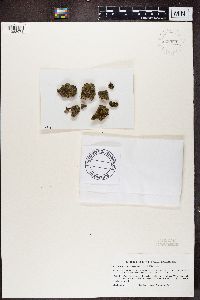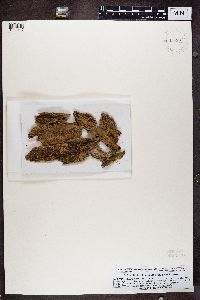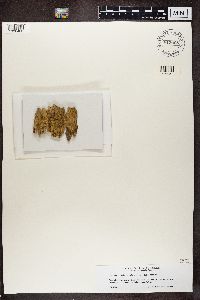University of Minnesota
http://www.umn.edu/
612-625-5000
http://www.umn.edu/
612-625-5000
Minnesota Biodiversity Atlas
Dataset: MIN-Lichens
Taxa: Multiclavula
Search Criteria: excluding cultivated/captive occurrences
1
Page 1, records 1-11 of 11
Bell Museum lichens | |
MIN:Lichens | Multiclavula vernalis (Schwein) R. Petersen 809941[]Rosentreter, R. 64691990-02-24 United States, Oregon, Lincoln, Newport Beach, 44.64 -124.02 |
MIN:Lichens | 838061[]Brodo, I. 259051987-08-19 United States, New York, Hamilton, Blue Mountain Lake, 5 Mi E of Village, Long Island, 43.866667 -74.366667 |
MIN:Lichens | 855592[]Wetmore, C. 608051987-08-13 United States, Wisconsin, Ashland, Outer Island, W of Lighthouse; Apostle Islands National Lakeshore, 47.06805556 -90.425 |
MIN:Lichens | Multiclavula vernalis (Schwein) R. Petersen 879657[]Wetmore, C. 890482003-07-17 United States, Wisconsin, Washburn, Namekagon River 2.5 Mi N of Earl; Saint Croix National Scenic Riverway, 45.94138889 -91.76472222 |
MIN:Lichens | Multiclavula vernalis (Schwein) R. Petersen 879685[]Wetmore, C. 889682003-07-16 United States, Wisconsin, Bayfield, Namekagon River Near Fivemile Creek; Saint Croix National Scenic Riverway, 46.20194444 -91.22638889 |
MIN:Lichens | Multiclavula vernalis (Schwein) R. Petersen 880348[]Wetmore, C. 892342003-07-25 United States, Wisconsin, Polk, Saint Croix River 2 Mi Ne of Sunrise; Saint Croix National Scenic Riverway, 45.56666667 -92.82444444 |
MIN:Lichens | 893828[]Nash, T. 431821989-08-06 Canada, Ontario, Hastings, 9.5 km E of Bancroft, 45.06666667 -77.73333333 |
MIN:Lichens | Multiclavula vernalis (Schwein) R. Petersen 895554[]Wetmore, C. 828311999-07-14 United States, Minnesota, Lake, Point On S Side of Birch Lake; Superior National Forest, 47.73694444 -91.78416667 |
MIN:Lichens | 935909[1388073]Nordin, A. Sweden, Jamtland |
MIN:Lichens | 935688[1389147]Turk, R. Austria, Salzburg |
MIN:Lichens | 815068[1390483]Poelt, J. Austria, Styria, Steiermark |
1
Page 1, records 1-11 of 11
Google Map
Google Maps is a web mapping service provided by Google that features a map that users can pan (by dragging the mouse) and zoom (by using the mouse wheel). Collection points are displayed as colored markers that when clicked on, displays the full information for that collection. When multiple species are queried (separated by semi-colons), different colored markers denote each individual species.


